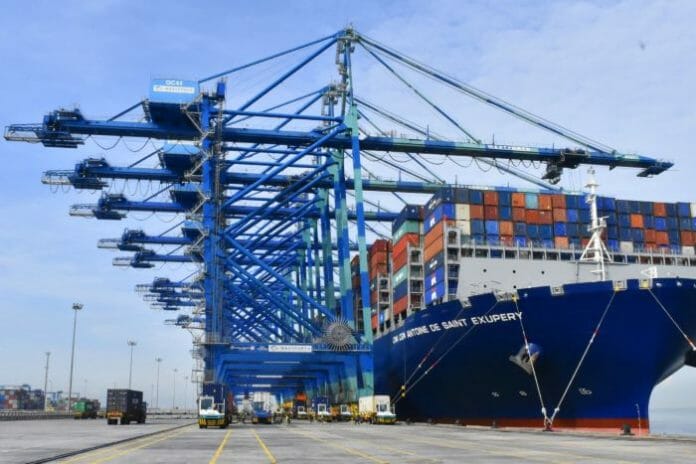Westports Holdings Berhad reported a core PAT of RM205.6m in 4QFY23, resulting in a total core PAT for FY23 of RM777.6m. MIDF noted that the results aligned with its expectation, representing 102%/97% of /consensus full-year projections. Notably, the port operator declared a second interim dividend of 8.72 sen, consistent with its 75% dividend payout policy.
The record-breaking gateway container volume of 1.23m TEUs in 4QFY23, up +7.0%qoq from 3QFY23’s record, was supported by a competitive MYR, FDIs materialising into containerised exports, and festivities consumption. Meanwhile, transshipment container volume was driven by a +10%yoy increase in laden containers through repositioning. Container revenue growth trailed volume expansion as the value-added services (VAS) ratio returned to pre-pandemic levels. Core PAT remained flat at -0.4%yoy as 4QFY22 had a much lower effective tax rate due to the 10-year investment tax allowance on higher terminal operating equipment capex. Sequentially, earnings rose by +5.7%qoq, driven by increased volume and supported by the ITA.
As for outlook, MIDF says in the absence of a recession and the possibility of monetary policy easing in major economies, improved Western consumption may boost interregional container movements. Management affirms their guidance of a low single-digit container volume growth for this year, with our preliminary estimate at +4.0%yoy on a high base. The reported
+9.0%yoy increase in container volume for Jan-24 was explained by the comparison to a low base in Jan-23. Concerning ship attacks in the Red Sea, the house foresees a minimal impact on Westports, anticipating only potential delays in capturing volume due to rerouting rather than an actual loss in volume.
The house maintains its forward earnings projections as the results are in line. MIDF reiterates a BUY rating for the stock with an unchanged DCF-derived TP of RM4.30. The stock currently trades at a -20% discount compared to its 5-year historical mean. Key downside risks include: (i) weaker-than-expected container throughput and (ii) continued USD appreciation, potentially impacting fuel costs









